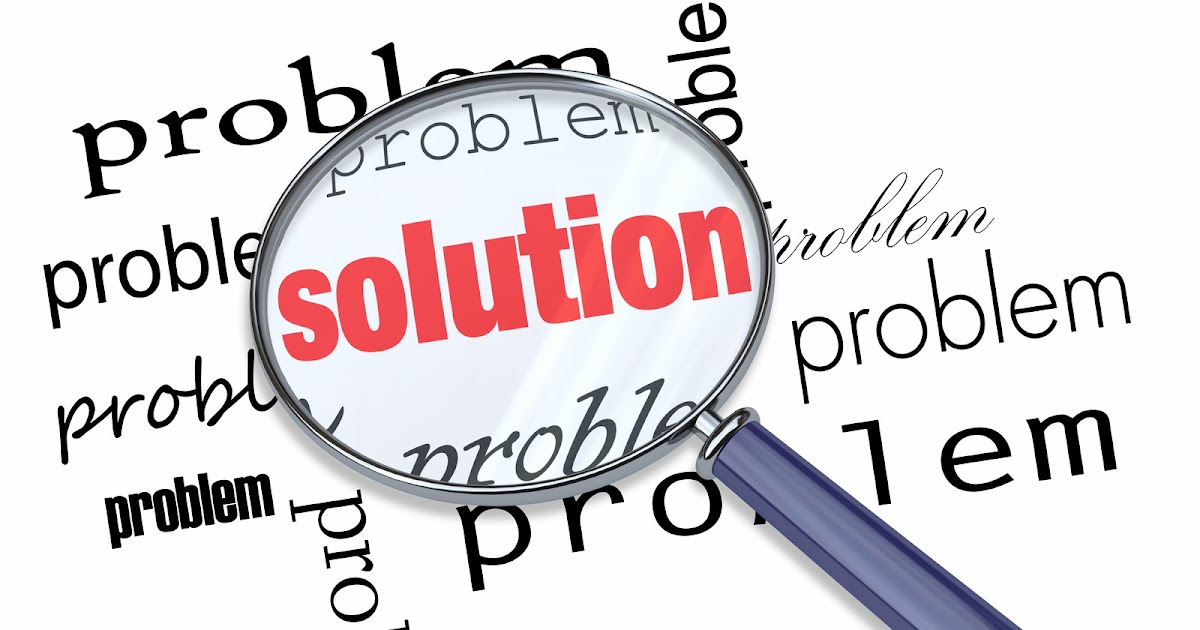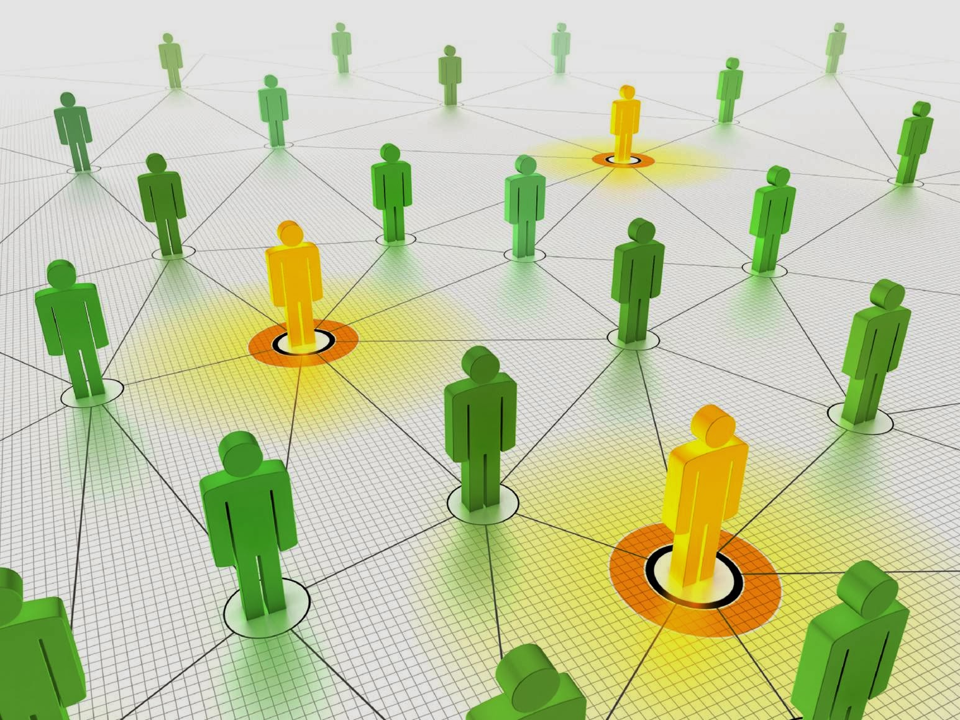In our excellent Problem Solving and Decision-Making course, we help you learn to be more effective and productive in dealing with the problems you and your organisation may face. When you are looking for a solution to a problem, especially when you are trying to find innovative solutions, the chances are you’ll try one of two cognitive approaches. You can solve problems with convergent or divergent thinking. These two methods, when used appropriately, can be used to solve just about any problem that you face, but what are they?
The terms convergent and divergent thinking were created by psychologist J.P. Guilford in 1956. Here are the main differences between convergent and divergent thinking:
- Convergent thinking produces a single effective solution while
- Divergent thinking produces multiple creative solutions.
The two methods often go hand in hand. Here is some more information about both and how you can use them.
Convergent thinking
Convergent thinking is linear and systematic; it narrows down multiple ideas into a single solution and tends to be more focused and analytical. It considers “what is best” and “why?”
Divergent thinking
When you think about the phrase “brainstorming”, that is an example of divergent thinking. It is about generating multiple ideas, seeing obstacles as opportunities, and thinking a bit like a hacker. For example, using materials in original ways. This type of thinking is far more flexible and iterative so as to generate more ideas. It is more open-ended and those using it are encouraged to take more creative risks – even if some may not work! Divergent thinking asks, “Why the heck not?”
An example of convergent and divergent thinking
If you wanted to plan a great team event to celebrate your organisation’s latest success, you could ask staff to put on their “Divergent thinking caps”. They then suggest as many ideas as possible, however crazy! Ed Sheeran to provide the entertainment? Have the event on one of Elon Musk’s yachts? Why not!? …well, we then need to be realistic, so staff could then slip on their “Convergent thinking caps”. After all, those ideas are great, but how much would all of that cost? Could you really persuade Mr. Sheeran to play at your office party? Probably not…but what ideas remain? They could still be fantastic.
How to use convergent and divergent thinking effectively
- Mind maps are the best way to use divergent thinking on paper, where ideas branch off each other into different directions. There doesn’t have to be too much logic when thinking in this way, as you are trying to see whatever is possible – not limiting your thoughts and ideas.
- Convergent thinking requires looking at issues, potential problems, and ideas in a more considered, realistic and logical way. By narrowing down ideas from those that would never work, you can find the ideas that absolutely will.
Conclusion
The two methods may sound opposite, yet they often go hand in hand. Often, teams will use divergent thinking to think of lots of ideas, then use convergent thinking to analyse and narrow down those ideas. Later, they will use divergent thinking again to come up with fresh perspectives in an ongoing cycle. So, both are necessary, and a great way to assist when you solve problems with Convergent and Divergent Thinking.

